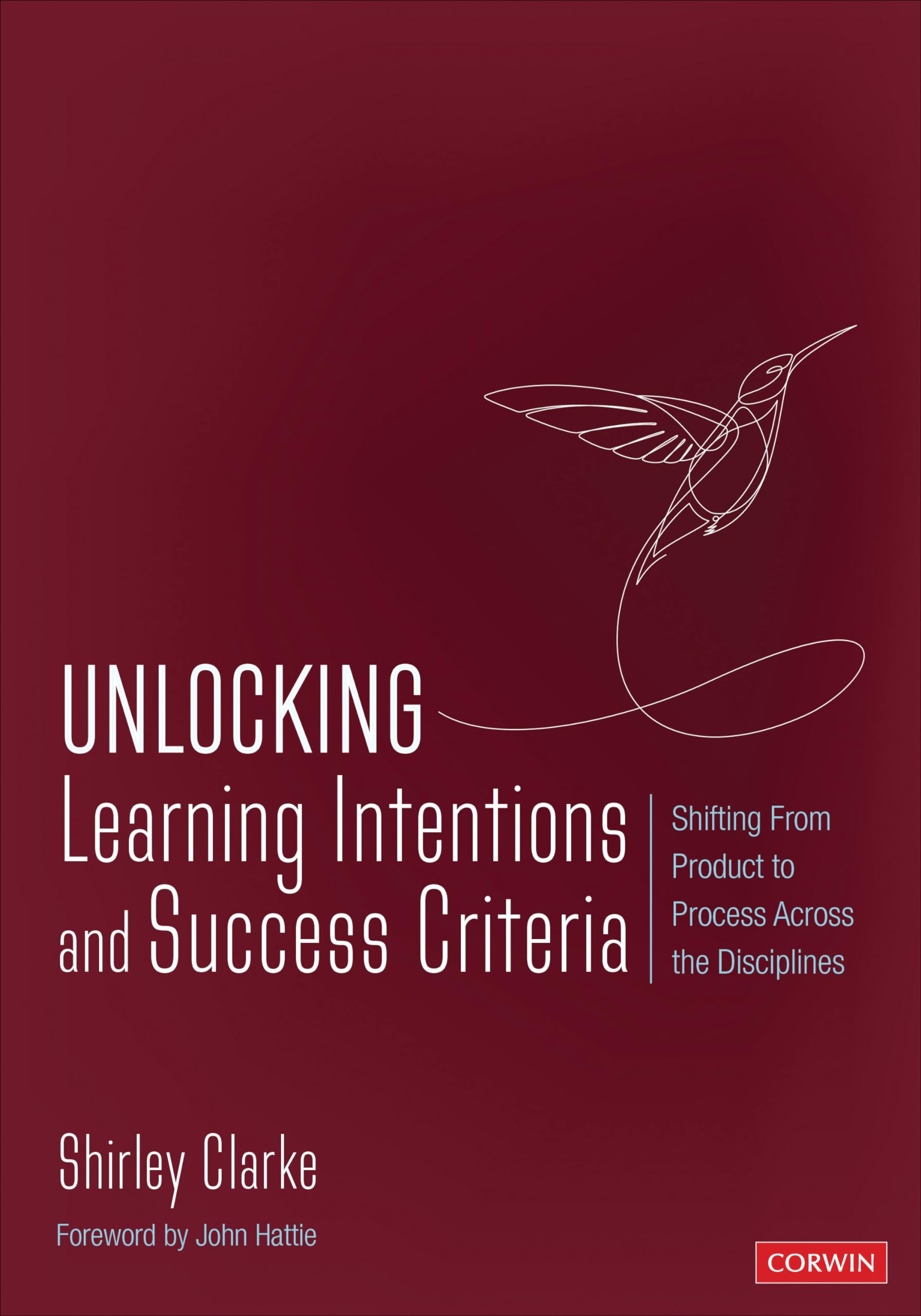Sobre nosotros
Servicios al cliente
Atención al cliente
Acceso Regional
Legales y políticas
Obtén la aplicación

Apunta tu cámara para descargar la aplicación
Copyright © 2024 Desertcart Holdings Limited


Full description not available
J**E
Informative
Great resource for PLCs.
C**E
Skims the surface, & does not apply well to many secondary subjects (especially science).
This review comes from the perspective of a secondary biology teacher.The principal problem with this book is that it is supposedly applicable generally across primary and secondary education. But this doesn't seem right to me. The vast majority of examples come from primary schools. The few from secondary science are all focused on how to write up an experiment (a minor part of secondary science education)Except for one in which the example said nothing at all:'Physics: One teacher found that students could now recognise the same skill being practised again in a different context (e.g. transport, electricity).'And the other which to me shows nothing innovative or anything that will lead to a better conceptual understanding (just a descriptive account of the parts):Biology: 'Remember to include the following': The four main functions of the heart, What the circulatory system does, The two parts of the circulatory system in detail: pulmonary and systemic.The fundamental principle of the book is about success criteria that are about the 'process' and not the 'product', and which boils down to having a list of 'remember to do X, Y, and Z'. Fair enough, could be useful. But it's confusing because these criteria are still about producing something, a product.This is problematic because this supposed universal principle fails in secondary subject in which there are no 'products'. What are these products in secondary science? This is why the few examples were about experiment write-ups and none about actually learning conceptual knowledge. Taking this approach then could distort the secondary science curriculum away from conceptual knowledge and towards too much time of experiment write-ups.The author does say several times that secondary is different to primary in that the success criteria in primary are typically skill + knowledge based. In secondary they tend to only be knowledge based. But this latter point is not explored enough. In my opinion, this approach could be useful for primary subjects, or even those in secondary which regularly produce something (maybe), but it has serious limitations for secondary subjects like biology that are focused on conceptual thinking. In general, the book skims the surface and lacks depth in discussion.Instead, I am soon to publish a book for how I see this functioning in secondary biology: Biology Made Real: Ways of teaching that inspire meaning-making. The key here is thinking deeply about a single domain and not trying to apply a principle across subjects and all primary and secondary education. My view is purely based on the needs of secondary biology education.
Trustpilot
Hace 1 día
Hace 1 semana